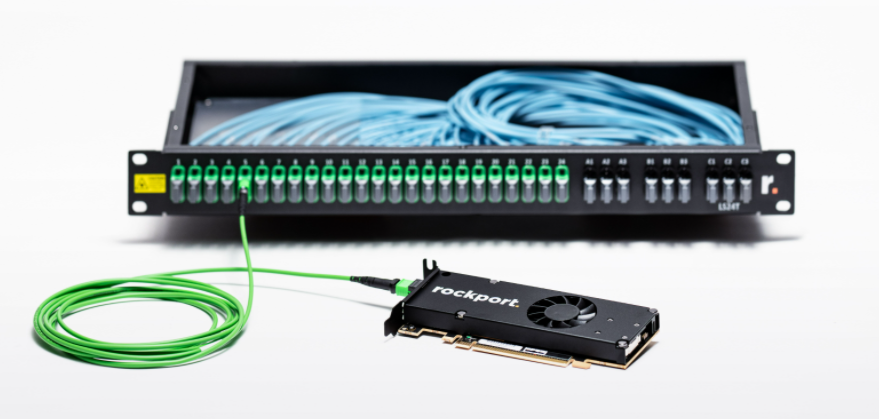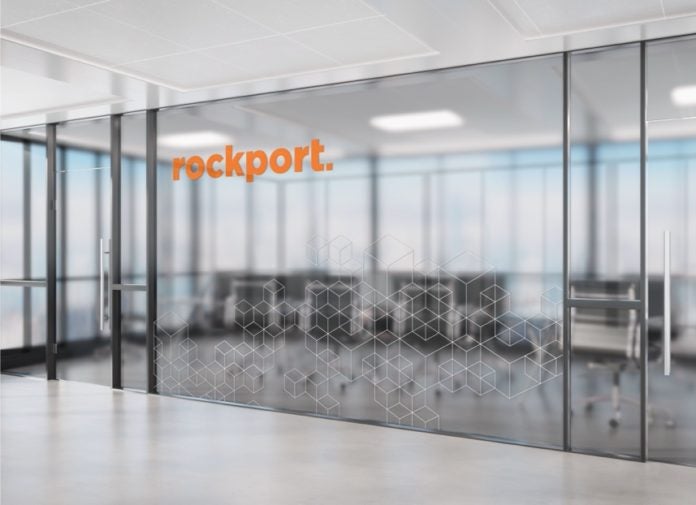Rockport Networks in late October came out of stealth with an enterprise-ready networking architecture that comes without switches and is aimed at such workloads as artificial intelligence (AI) and machine learning that are quickly being adopted in high-performance computing (HPC) and other fields.
Now the startup, which was founded in 2012, is putting the organizational pieces in place to expand the reach of its switchless network in the highly competitive market and is doing so with another $48 million raised via private funding.
The company this week announced the appointment of Marc Sultzbaugh, a longtime executive with Mellanox Technologies, as its co-CEO alongside founder and co-CEO Doug Carwardine. Sultzbaugh has been on Rockport’s board since December 2020.
Sales and Marketing a Focus
He will be responsible for growing sales of Rockport’s Switchless Network, as well as technology and product management, marketing, manufacturing, and customer relationships. Carwardine will continue overseeing research and development, finance, and people and culture.

Carwardine told Enterprise Networking Planet that after almost a decade getting the switchless architecture built and ready for the market, the demands of the CEO job were continuing to increase. Being able to split duties with someone with Sultzbaugh’s expertise would allow him to continue to focus on what he does best and puts the necessary skills in place at the top at a time of change for Rockport.
“We stayed quiet longer than most organizations will typically do and we did that for a very good reason,” he said. “It’s at the point where the engineering is essentially there and now it’s time to commercialize the business. We’re going to transition from what was really an engineering-focused business to now a commercial opportunity to get this product in the field and let our customers reap the benefits of what we’ve created.”
Also read: 7 Enterprise Networking Trends to Watch in 2022
Great Opportunity
For his part, Sultzbaugh told Enterprise Networking Planet that after spending a year on the Rockport board and seeing the technology the company was pulling together, he was eager to sign on as co-CEO when the opportunity arose.
“Our premise is that we’ve made complex networking simple,” he said. “That’s an important element. It’s easy for customers to achieve the kind of value proposition that we’re proposing.”
Sultzbaugh, who for more than 19 years helped steer the rise of Mellanox in the high-end networking space until it was bought by GPU maker Nvidia for $7 billion last year, said such trends as the cloud and emerging applications like AI and machine learning are driving rapid change in enterprise IT. In the data center, compute has evolved with the use of GPUs and other accelerators while storage has shifted from spinning disks to solid-state drives (SSDs), which has improved latency and better supports the newer scale-out applications.
New Architecture for Networking
While there also have been changes in networking—for example, the evolution of the standard network interface controller (NIC) into a smartNIC or data processing unit—the fundamental switching architectures have remained stagnant, which has kept performance unpredictable and traffic congested, he said. Those are the kinds of problems the Rockport Switchless Architecture is meant to solve.
Removing the switch from the equation will drive improvements in performance, bandwidth and latency, according to the company. The vendor’s Rockport Network Operating System (rNOS) is designed to navigate data through the best network paths to reduce latency and congestion. It also breaks down packets in small pieces called FLTs to help make the movement through the network more efficient.
Rockport’s NC1225 networking card is housed in servers and storage enclosures and moves the switching tasks normally found in traditional switches to each endpoint, which essentially becomes the network. The NC1225 is not a NIC or smartNIC, which rely on switches to create a fabric. It’s powered by a field-programmable gate array (FPGA) accelerator from Xilinx and it’s a half-height, half-depth PCIe card that includes a standard Ethernet host and enables a 300 Gb/s fabric in each node.

There also is a passive fiber optic cable that connects the card to another component called a SHFL (pronounced “shuffle”) that sits where top-of-rack switches are normally located. There are up to 12 links coming from the NC1225 card that are plugged into the SHFL, creating the connectivity between nodes.
Rockport also offers its Autonomous Network Manager software for monitoring performance, tracking traffic flows and managing settings. The company estimates that its architecture improves workload completion times 28 percent faster than traditional networks and reduces latency under load by 3.5 times. There also are savings in power, heat and cooling (69 percent), space and weight (77 percent) and cables (72 percent).
Also read: Data Center Technology Trends for 2022
A Better Way
“What Rockport is doing is basically breaking that paradigm and saying there’s a better way to architect the switch fabric in data centers that will not only give you more performance, but give you predictable performance,” Sultzbaugh said. “While the network is a relatively small part of the overall IT spend, we’re having an outsized impact on the utilization of all the infrastructure and that has all kinds of goodness.”
Rockport already has some high-profile early adopters, including the Texas Advanced Computer Center (TACC), which houses the Frontera supercomputer, a Dell EMC system powered by Intel Xeon chips and GPUs from Nvidia and interconnected via Mellanox’s IninfiBand. Another early adopter is Durham University in the UK, home to the DiRAC integrated supercomputing facility and the COSMA system.
Classic Go-to-Market Strategy
The company is adopting what Sultzbaugh calls a “classic multi-tier go-to-market” strategy that includes the early adopters, which gives Rockport proof points that can be referred to with other potential customers. The vendor also will leverage channel partners like value-added resellers and traditional server and storage OEMs.
“We’re going after enterprise HPC [and] AI customers around financial services, life sciences, manufacturing, autonomous vehicles, all of those areas that are heavy users of performance [architectures],” he said. “We’re targeting people looking at 100 gig networks and above. It’s the fastest growing part of the data center Ethernet market.”
Rockport will have direct contact with customers but will fulfill orders exclusively through channels. In the cloud, the company initially will go after second-tier and software-as-a-service (Saas) providers that also are involved with AI, HPC, and machine learning workloads and later will target the hyperscalers.
Funding Will Help
The $48 million in new funding, which brings total investments in Rockport to almost $100 million, will help with all this. The latest round was led by Northern Private Capital, with current investors also participating. The money will be used to accelerate the company’s go-to-market efforts and expand sales and marketing.
“We’ve taken a number of years to build a pretty unique product and we protected the intellectual property, taking that very seriously out of the gate,” Carwardine said, adding that at this point for Rockport, the company could use the money. “We’re just going to market now and so that’s very important to fuel the growth. The fact that we’re getting endorsed to this level by the kinds of investors that we have speaks volumes of the business. These things don’t happen without a lot of diligence.”



